The Complete Guide to Sensory Analysis in the Automotive Industry
Introduction :
The automotive industry is in constant evolution, always seeking to provide vehicles of better quality, safer, and more appealing to consumers worldwide. One of the keys to achieving these goals is sensory analysis, a scientific approach that explores how our senses, such as sight, touch, and hearing, interact with the vehicles we use every day.
In 'The Complete Guide to Sensory Analysis in the Automotive Industry,' we will delve deep into the world of sensory analysis and its crucial role in the creation, improvement, and innovation of modern vehicles. This book is designed for automotive industry professionals, researchers, students, and anyone interested in the science behind our car experiences.
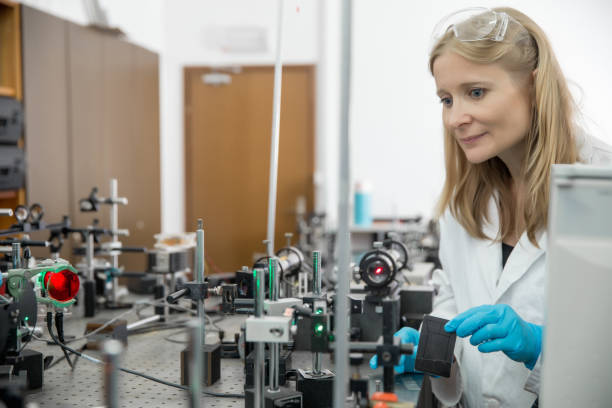
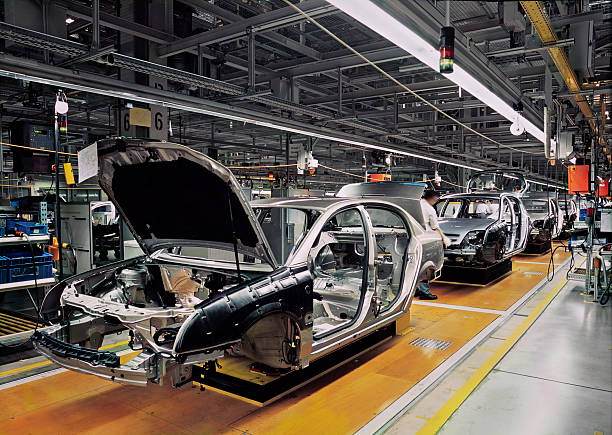
We will explore the basics of sensory analysis, its application in the automotive field, methods of collecting and analyzing sensory data, as well as its impact on materials, interior components, safety, aesthetic design, and much more. Additionally, we will discuss technological advancements and future trends that will shape the future of sensory analysis in the automotive industry.
This book aims to provide a comprehensive resource for anyone looking to deepen their understanding of sensory analysis and its vital role in the automotive industry. Get ready for a fascinating journey through the senses and their impact on the vehicles we drive every day.
Chapter 1 : Introduction to Sensory Analysis
Sensory analysis is a scientific discipline that explores how humans perceive the world around them through their five senses: sight, touch, hearing, smell, and taste. In this first chapter, we will lay the groundwork for sensory analysis by explaining its fundamental concepts and its importance in the automotive industry.
Sensory analysis allows for the collection of subjective information on how individuals perceive products and environments. In the context of automobiles, this means understanding how drivers and passengers feel and react to different aspects of a vehicle, whether it's the comfort of seats, user interface friendliness, audio system sound quality, or the driving sensation.
Why is this so important in the automotive industry? Because consumer preferences play a crucial role in the success of a car model. A vehicle that offers a positive sensory experience is more likely to attract customers and build a fan base. That's why automakers invest in sensory analysis to improve the quality and user-friendliness of their products.
Throughout this book, we will explore how human senses interact with cars and how sensory analysis can be used to create more appealing, comfortable, and safer vehicles. Strap in for an exciting sensory journey through the automotive industry!
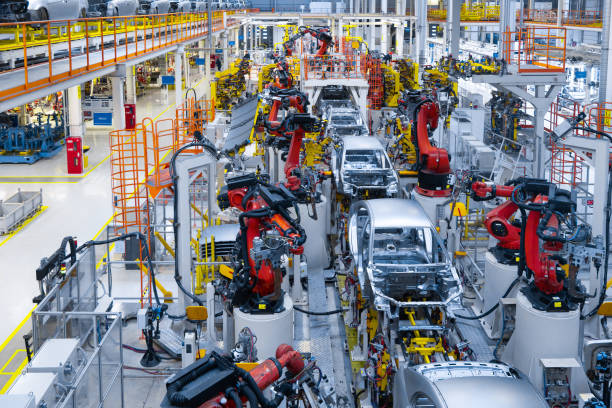
Chapter 2 : Foundations of the Automotive Industry
In this second chapter, we delve into the origins and evolutions of the automotive industry. From the early motor vehicles in the 19th century to today's electric and autonomous cars, the automotive industry has come a long way.
The history of the automobile is marked by revolutionary inventions, fierce competition among manufacturers, and technological innovations that have transformed how we move. Pioneers such as Karl Benz, Henry Ford, and many others have contributed to shaping the automotive industry as we know it today.
As we progress through this chapter, we will also explore the social, economic, and environmental impact of the automotive industry. How have cars influenced society and travel habits? What environmental challenges does the industry face, especially regarding carbon emissions and the transition to electric mobility?
Understanding the foundations of the automotive industry is crucial to grasp its constant evolution and how sensory analysis can contribute to shaping the future of this ever-changing sector.
In the following chapters, we will delve deeper into the role of sensory analysis in this dynamic industry and the specific methods used to assess sensory experiences of vehicles. Stay with us to learn more about this fascinating sensory adventure at the heart of the automotive industry.
Chapter 3 : The Importance of Sensory Analysis in the Automotive Industry
This third chapter highlights the crucial importance of sensory analysis in the development, design, and improvement of automotive vehicles. We explore in-depth how this scientific discipline can make a difference in the automotive industry.
Sensory analysis goes beyond simple surveys and questionnaires. It relies on rigorous methodology to collect precise data on how individuals perceive different aspects of a car. This subjective perception can vary significantly from person to person, but through sensory analysis, it is possible to identify trends and general preferences.
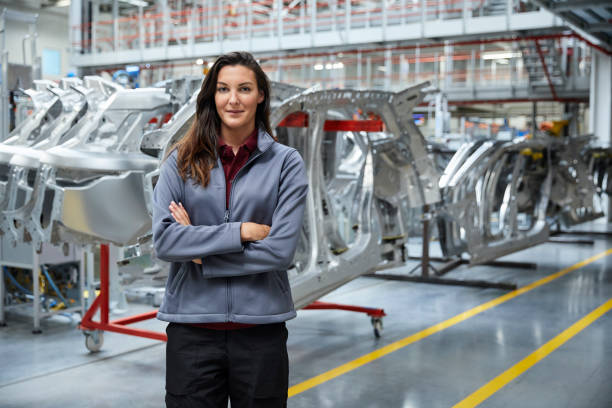
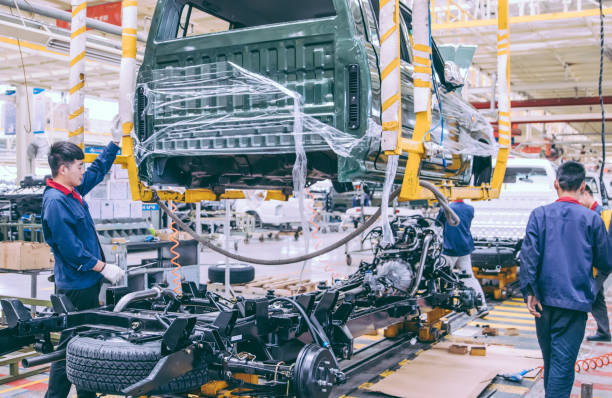
Why is sensory analysis so essential in the automotive industry? Because it enables manufacturers to better understand consumer expectations and desires. By identifying what people like and dislike in a vehicle, companies can tailor their products to meet market needs.
This goes beyond appearance and performance. Sensory analysis can reveal subtle details such as the feel of interior materials, engine sound, seat comfort, user interface friendliness, and much more. All these elements contribute to the overall driving and usage experience of a car.
In the upcoming chapters, we will explore the specific methods used to conduct sensory analysis studies in the automotive industry. We will discover how data is collected, processed, and interpreted to influence the design and improvement of vehicles. Stay tuned to learn more about the behind-the-scenes of this fascinating discipline in service of modern automotive.
Chapter 4 : Methodology of Sensory Analysis
In this fourth chapter, we delve into the methodology of sensory analysis, the foundation of all sensory studies in the automotive industry.
Sensory analysis relies on rigorous scientific methods to collect objective data on individuals' reactions to sensory stimuli. In the context of the automotive industry, these stimuli can vary, ranging from the smell inside a car to the tactile sensation of seat materials and the sound of the engine.
We will explore different techniques for collecting sensory data, including subjective evaluations from expert panels and consumer surveys. We will also address the tools and software used to record, analyze, and interpret the collected data.
Understanding the methodology of sensory analysis is essential to ensure that results are reliable and representative. A robust methodology enables automotive manufacturers to make informed decisions to enhance their products based on consumer preferences.
This chapter serves as a foundation for the following chapters, where we will explore in detail the various applications of sensory analysis in the automotive industry. Get ready to dive deeper into the fascinating world of collecting and interpreting sensory data in the automotive context.
Chapter 5 : Sensory Data Collection
This fifth chapter focuses on the crucial aspect of sensory data collection in the automotive industry. The accuracy and methodology of this collection are essential for obtaining valuable insights into individuals' perception.
Sensory data collection can take various forms, depending on the study's objectives. Commonly used methods include comparative tests, where participants evaluate two or more products, hedonic evaluations to measure pleasure associated with sensory experience, and descriptive tests that analyze sensory characteristics in detail.
In the context of the automotive industry, these methods can be adapted to assess elements such as seat comfort, audio system sound quality, ease of use of controls, or the visual perception of the vehicle's interior.


We will also examine factors that can influence data collection results, including potential biases and precautions to minimize these external influences. Rigorous data collection is essential to obtain reliable information that can then guide vehicle design and improvement decisions.
In the upcoming chapters, we will continue to explore different facets of sensory analysis in the automotive industry, addressing how data is processed and interpreted for practical use. Stay with us to learn more about this exciting discipline and its central role in enhancing the automotive experience.
Chapter 6 : Processing and Analysis of Sensory Data
This sixth chapter delves into the crucial step of processing and analyzing sensory data in the context of the automotive industry. Once collected, it is essential to thoroughly analyze the data to extract actionable insights.
We will explore different statistical techniques and software used for sensory data processing. Sensory analysis often requires advanced methods such as multivariate analysis, sensory analysis models, or principal component analysis to identify trends and meaningful insights.
Once the data is processed, we will address how the results are interpreted. This involves understanding the implications of the data on vehicle design and how it can influence manufacturers' strategic decisions.
Sensory data analysis can reveal valuable information about what consumers like or dislike in a vehicle. This can help manufacturers make targeted improvements to make their cars more appealing in the market.
In the following chapters, we will explore specific applications of sensory analysis in the automotive industry, including material evaluation, user interface analysis, and the impact of sensory analysis on the aesthetic design of vehicles. Stay with us to dive deeper into the world of automotive sensory analysis.
Chapter 7 : The Senses and Their Utility in Automotive
This seventh chapter explores the five human senses and their crucial utility in the context of the automotive industry. Each of our senses plays an essential role in our driving and vehicle usage experience.
By understanding how these senses interact with vehicles, manufacturers can enhance the overall quality of the automotive experience. In the upcoming chapters, we will delve deeper into each sense to explore how sensory analysis can optimize the design and improvement of cars. Stay tuned to learn more about this fascinating aspect of the automotive industry.
Chapter 8 : Sensory Analysis of Automotive Materials
This eighth chapter focuses on the sensory analysis of materials used in the automotive industry. Materials play a crucial role in shaping the perception of a vehicle's quality and comfort.
We will explore how sensory analysis is used to evaluate the texture, smoothness, resistance, and other characteristics of both interior and exterior materials of a car. Seats, dashboards, floor coverings, bodywork, and even paint can undergo sensory tests to ensure they meet consumer expectations.
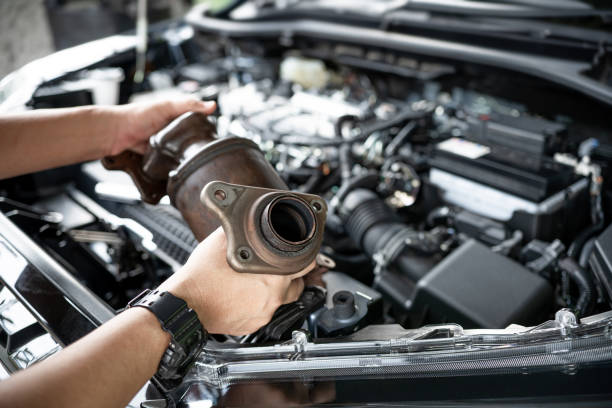
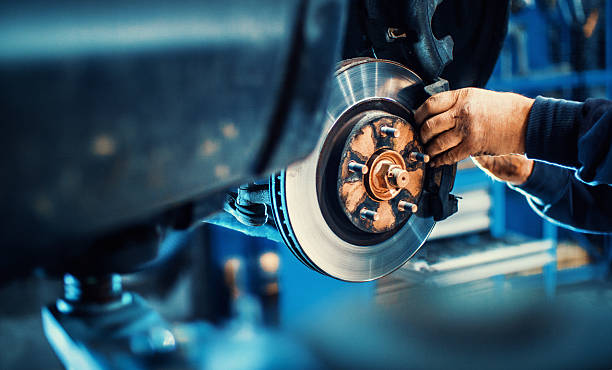
Participants in these tests are invited to touch, smell, and sometimes even taste (under controlled safety conditions) the materials. Their subjective reactions are then analyzed to determine which material properties positively or negatively influence the sensory experience.
The ultimate goal is to select materials that offer the best balance between aesthetics, comfort, and durability while meeting customer preferences. This approach contributes to enhancing the perceived quality of vehicles and strengthening the satisfaction of both drivers and passengers.
In the following chapters, we will explore other aspects of sensory analysis in the automotive industry, including its impact on the aesthetic design of vehicles, user interface evaluation, and safety. Stay with us to discover how every sensory detail is considered to create exceptional cars.
Chapter 9 : Evaluation of Interior Components
In this ninth chapter, we delve into sensory analysis specific to the interior components of vehicles. The car's interior is where drivers and passengers spend most of their time, making it a key element of the automotive experience.
We will explore how sensory analysis is used to evaluate components such as seats, trims, door panels, floor coverings, and other elements contributing to the comfort and aesthetics of the cabin.
Participants in these sensory evaluations are asked to sit, touch, and interact with the interior components. Their subjective reactions are recorded and analyzed to determine what works well and what could be improved.
The results of these evaluations guide automotive designers in their choices of materials, textures, and colors to create welcoming and ergonomic interiors that align with customer preferences.
In the upcoming chapters, we will address other aspects of sensory analysis in the automotive industry, including its impact on the exterior appearance of vehicles, user interface, safety, and future trends. Stay tuned to learn more about how sensory analysis contributes to shaping the overall automotive experience.
Chapter 10 : Applications of Sensory Analysis in the Cosmetic Industry
In this tenth chapter, we dive into the sensory analysis of the aesthetic features of vehicles. The exterior appearance of a car is often the first thing people notice, and it plays a crucial role in a vehicle's appeal to consumers.
We will examine how sensory analysis is used to evaluate design elements such as shape, color, headlights, taillights, rims, and other visual features of a car. Participants in these sensory evaluations are invited to carefully examine the vehicles and provide their subjective opinions on their appearance.
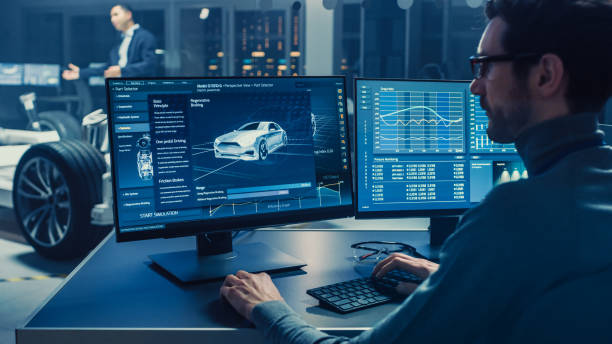
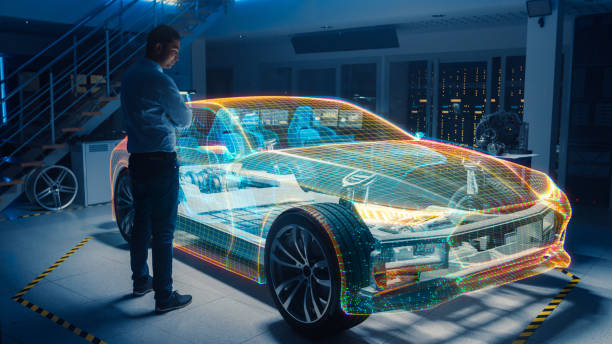
The goal is to understand which aesthetic features elicit positive reactions from consumers and which ones could be improved. Automotive manufacturers then use this information to refine the design of their vehicles and make them more appealing in the market.
The sensory analysis of aesthetic features is an evolving field, as trends in automotive design change over time. In the upcoming chapters, we will explore other applications of sensory analysis in the automotive industry, including its impact on user interface, safety, and technological advancements. Stay with us to learn more about how sensory analysis shapes the aesthetics of the vehicles we drive.
Chapter 11 : The Influence of Sensory Analysis on Automotive Design
This eleventh chapter highlights the profound influence of sensory analysis on the design of automotive vehicles. The valuable insights obtained through this discipline are used to create cars that meet the expectations and preferences of consumers.
We will explore in detail how sensory data influences every step of automotive design. Sensory evaluations of materials, interior components, and aesthetic features are considered from the initial design stage. Designers work closely with sensory analysis teams to create vehicles that offer an optimal sensory experience.
Sensory analysis can also guide decisions regarding ergonomics, control layout, cabin acoustics, and other design aspects that influence the satisfaction of both drivers and passengers.
Thanks to this user-centered approach, automotive manufacturers can design vehicles that stand out in the market and meet the needs and desires of their customers. The upcoming chapters will explore other facets of sensory analysis in the automotive industry, including its impact on safety, technological advancements, and future trends. Stay tuned to discover how this discipline continues to revolutionize automotive design.
Chapter 12 : Safety and Sensory Analysis
This twelfth chapter examines the essential role of sensory analysis in improving the safety of automotive vehicles. Safety is a major concern for the automotive industry, and sensory analysis significantly contributes to reducing risks on the road.
We will explore how sensory analysis is used to evaluate safety elements such as braking systems, passive safety devices (such as airbags), advanced driver assistance systems, and driver seat visibility.
Sensory evaluations play a crucial role in designing and adjusting these elements to ensure they function optimally. Participants in these sensory tests can simulate real driving scenarios to assess the responsiveness of safety systems and the ease of use of controls.
The ultimate goal is to create safer vehicles that reduce accidents and injuries on the road. Through sensory analysis, automotive manufacturers can fine-tune safety features to meet the expectations of drivers and passengers.
In the upcoming chapters, we will explore other areas where sensory analysis plays a crucial role, including technological advancements in the automotive industry and future trends. Stay with us to discover how this discipline contributes to shaping the future of road safety.
Chapter 13 : Technological Advancements in Automotive Sensory Analysis
In this thirteenth chapter, we explore revolutionary technological advancements in the field of automotive sensory analysis. Thanks to technological progress, this discipline is evolving rapidly, offering new possibilities to enhance vehicles and the driving experience.
We will address emerging technologies such as real-time sensory data capture using advanced sensors and high-resolution cameras. These innovations enable more precise and real-time data collection, providing an instant view of drivers' and passengers' reactions to different vehicle features.

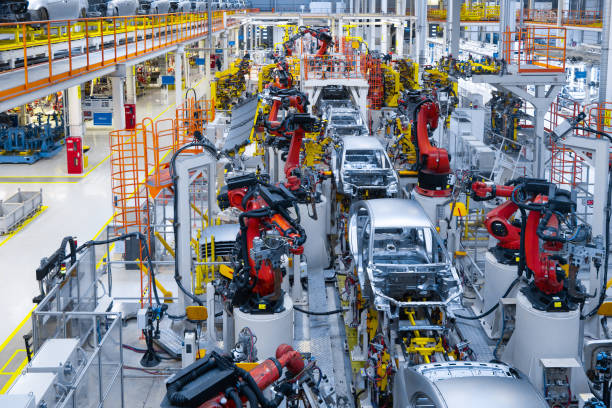
Intelligence artificial (AI) also plays an increasing role in sensory analysis. AI systems can analyze vast datasets to derive trends and insights more quickly and accurately than ever before.
Additionally, human-machine interfaces (HMI) are evolving to offer more intuitive and personalized interactions tailored to the sensory preferences of each user.
These technological advancements are revolutionizing how automotive manufacturers approach sensory analysis. They pave the way for continuous improvements in quality, safety, and customer satisfaction.
In the chapters to come, we will explore future trends in sensory analysis in the automotive industry. Stay with us to learn more about how technology continues to transform this exciting discipline.
Chapter 14 : Future Trends of Sensory Analysis in the Automotive Industry
In this fourteenth chapter, we turn to the exciting future of sensory analysis in the automotive industry. Technological advancements and societal changes will continue to shape this crucial discipline for the design and improvement of vehicles.
Sensory analysis will continue to be a vital pillar of the automotive industry, contributing to the creation of smarter, safer, and more driver- and passenger-centric vehicles.
This book concludes here, but the story of sensory analysis in the automotive industry is ever-evolving. Stay tuned for the latest advances and discoveries in this captivating field that redefines how we experience driving.
Chapter 15 : Conclusion - Sensory Analysis: At the Heart of the Future Automobile
In concluding this book, we've embarked on a captivating journey through the universe of sensory analysis in the automotive industry. From collecting sensory data to influencing vehicle design, encompassing safety, technological advancements, and future trends, we've thoroughly explored this vital discipline for the continual improvement of the automotive experience.
Sensory analysis is a key element in automakers' perpetual quest to create vehicles that not only fulfill practical needs but also evoke positive emotions and sensations among drivers and passengers. It's a rapidly evolving discipline, leveraging technological advances to offer ever more innovative solutions.
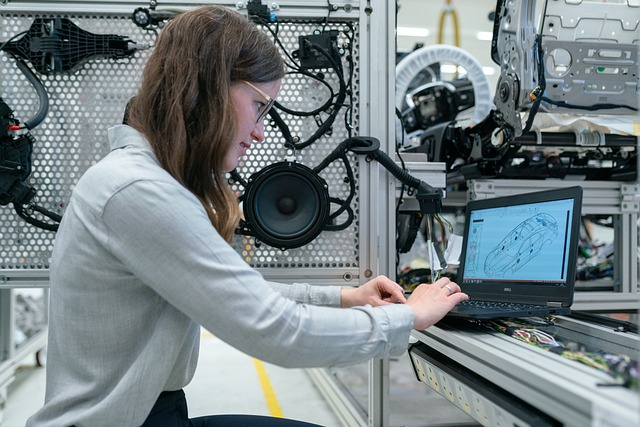

The future of the automotive industry will be shaped by increasingly sophisticated sensory analysis, capable of understanding not just what we see and hear but also what we emotionally feel as drivers and passengers.
We hope this book has provided you with a better understanding of the importance of sensory analysis in the automotive industry and how it contributes to creating safer, more comfortable, and more tailored vehicles to our needs.
As we look to the future, remain curious and attentive to the innovations that will continue to redefine automotive driving and the sensory experience that accompanies it. Sensory analysis will remain at the heart of the future automobile.










